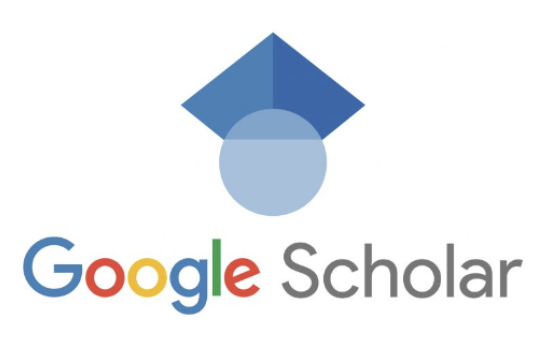Why is Google Scholar paid – Google Scholar is a colossal database encompassing scholarly literature, providing a gateway into a world of academic knowledge. From journal articles to conference papers, theses, dissertations, and much more, Google Scholar offers a vast array of resources. However, a common question that arises among users is, “Why is Google Scholar paid?” This article will delve into the depths of Google Scholar, discussing its benefits, drawbacks, and the reason behind its paid features.
What is Google Scholar?
Google Scholar is a free-to-access search database specifically designed for scholarly literature. Launched in 2004, it serves as a convenient tool for students, academicians, and researchers, helping them find relevant information across a wide range of disciplines.
Google Scholar: An In-Depth Look
Resource Types
Google Scholar offers access to a diverse range of scholarly resources. These include:
- Journals: Academic and scientific journals covering a wide range of disciplines.
- Conference Papers: Papers presented at academic and scientific conferences.
- Academic Books: Scholarly books written by experts in a particular field.
- Theses and Dissertations: Research papers submitted for a master’s or doctoral degree.
- Pre-prints: Manuscripts that have not yet been peer-reviewed.
- Abstracts: Summaries of larger works, often used in bibliographic databases.
- Technical Reports: Detailed reports providing a comprehensive account of technical projects.
Features and Usage
Google Scholar is not just a simple search tool. It is packed with features that provide comprehensive assistance to its users. Some of the key features are:
- Creating alerts: Users can create a library around a specific topic of interest and set alerts to stay updated with the latest research.
- Exploring related works: This feature allows users to delve deeper into a subject by exploring related citations, authors, and publications.
- Checking the References section: This provides users with the sources that an author used for their paper, helping to expand the scope of their research.
- Saving articles to a library: Google Scholar allows users to save and organize their favorite search results.
- Citation export: Users can export an article’s full citation in their preferred format, simplifying the bibliography creation process.
Why is Google Scholar Paid?
While Google Scholar is free to use as a search tool, not all the information it provides is freely accessible. This service aggregates information from multiple databases, some of which require a subscription or a one-time payment to access the complete data. Therefore, while the abstracts or descriptions of articles are often freely available, full access may come at a cost.
Accessing Information on Google Scholar
The question of “why is Google Scholar paid?” can be further clarified by understanding how information access works on the platform. While Google Scholar itself does not charge for access, the individual databases it pulls information from might. Therefore, while you can freely search for information, accessing full articles or resources might require a subscription or payment to the original database or journal.
For instance, databases like JSTOR, Springer, Elsevier, and others often require a subscription. These databases allow Google Scholar to index their resources, but charge for full access. Therefore, when you click on a result from one of these databases in Google Scholar, you may be directed to a page asking for payment or subscription.
Best Practices for Using Google Scholar
Here are a few tips to navigate Google Scholar effectively:
- Sort your searches: You can sort your searches by date to find the most recent and relevant data.
- Use keywords: Look out for the keywords “all versions”, “related articles”, and “cited by” to include free versions of articles in your search results. Look for PDFs and postings by libraries.
- Check the references: Explore an article’s references to gain a deeper understanding of a topic.
Conclusion
In conclusion, Google Scholar is a powerful tool, providing access to an extensive range of scholarly literature. While it’s not entirely free, it’s a valuable resource for anyone engaged in academic research or anyone interested in diving deep into a subject. Its paid aspects are tied to the original databases and journals it sources information from, rather than Google Scholar itself. By understanding its structure and how to navigate it effectively, you can make the most of what Google Scholar has to offer.

